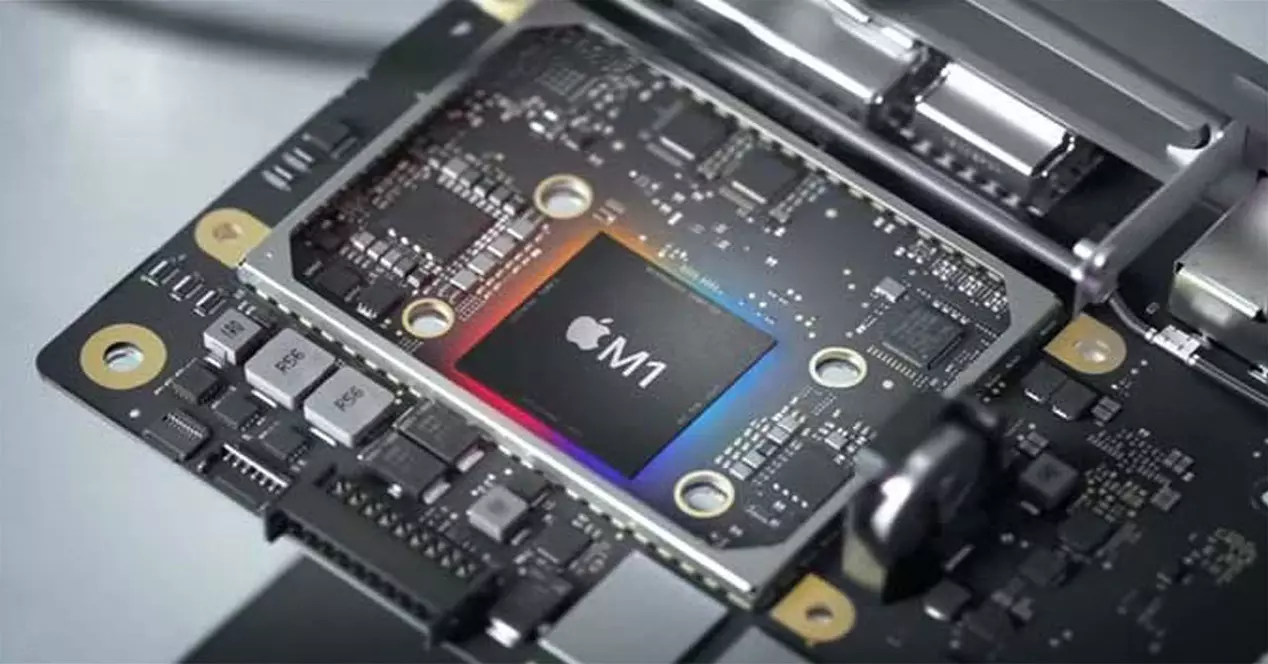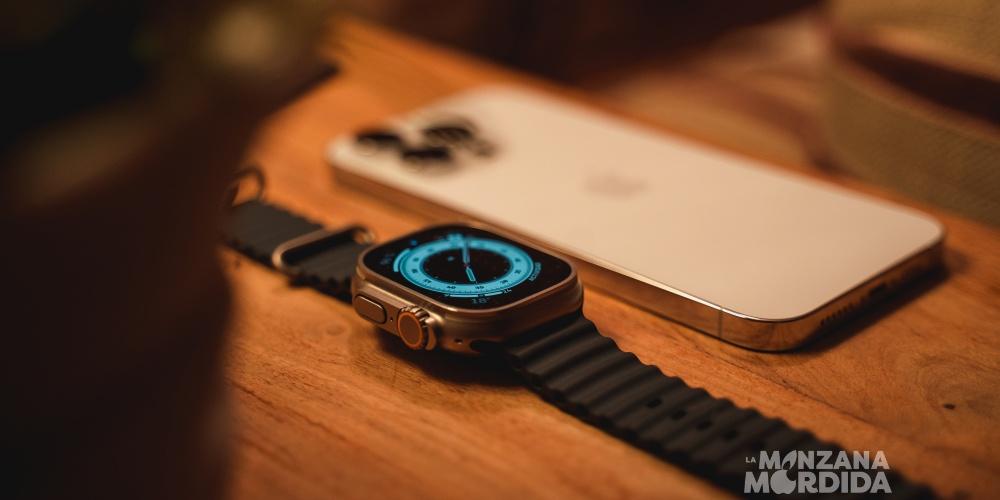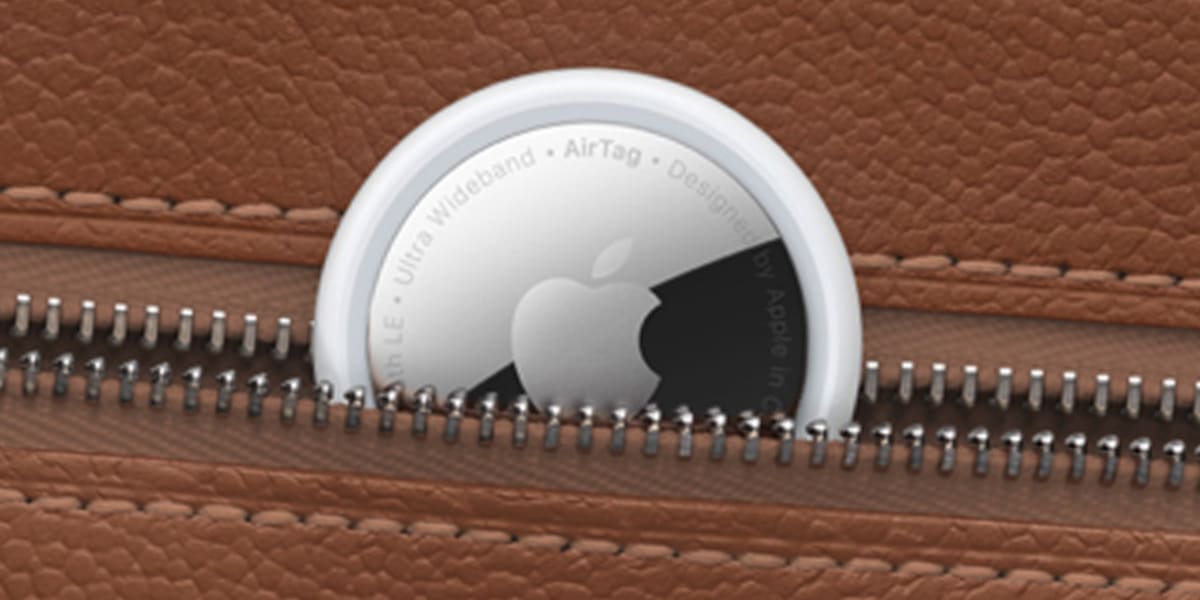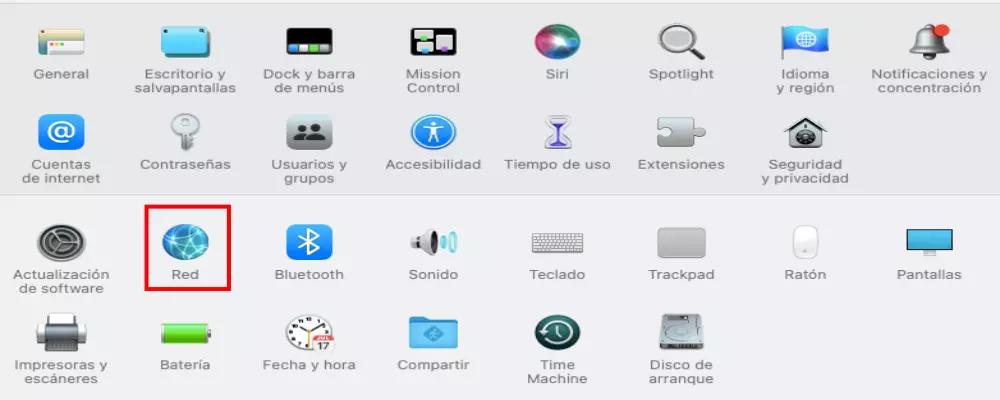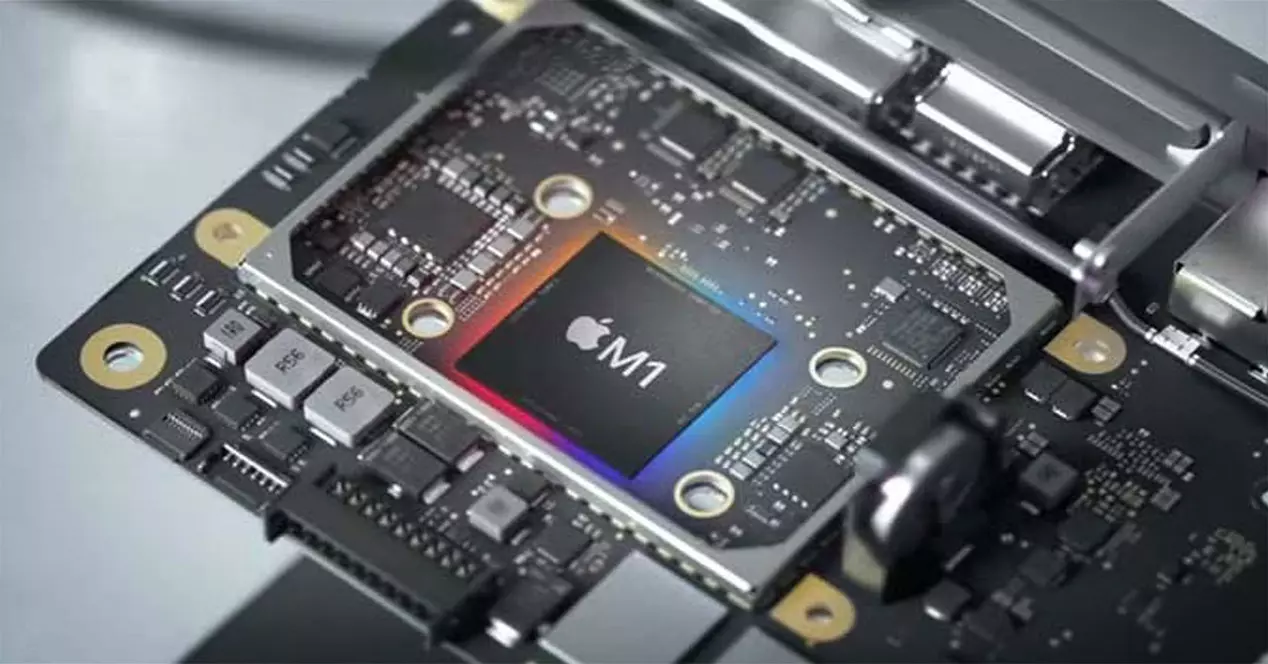
In this case, the CPU that can be found in the M1 chip in both a MacBook Pro and a MacBook Air is identical. Specifically, it has an eight-core CPU that combines four performance cores with four efficiency cores. This means that we are talking about a hardware that is in charge of multithreading tasks. In the case of high-performance cores, there is a frequency between 600 MHz and 3.204 GHz. If we go to the efficiency cores, we talk about a frequency between 600 MHz and 2.064 GHz.
As we have commented in both cases you have a CPU with identical specifications and that is why in this case you cannot notice any kind of clear difference on the paper. Although, as we will see later, there is a difference in practice, especially throughout the use that it can be given.
The GPU, the great differential point
Another of the key points in the hardware of a Mac is the GPU or graphics card. In the case of MacBooks, it is always integrated, not being dedicated, in the chip itself designed by Apple. Its main function is processing of any type of graphic information such as the echo of displaying images on the screen, as well as processing a video. All GPUs have different processing units which are the cores. In this case it is where if you can find some differences of relevance.
In the case of the MacBook Air, Apple in some cases integrates GPUs with only seven cores (although in higher models and therefore more expensive if you can opt for the eight-core one). In the case of the MacBook Pro, it can only be purchased with an eight-core GPU, thus guaranteeing its full performance when rendering a video or any other task that involves this part of the component.
Although, when talking about nuclei, it must be borne in mind that both chips have those eight cores. The only thing that happens is that in the case of the MacBook Air you can find one of them disabled in the most basic model. This opens the possibility of having two models on the market but the chip is always the same. This is an important saving in the manufacturing process since another production row must not be opened in the TSMC factories, but it is produced exactly the same and later limited via software.
It should be noted a quite important difference in the limitation of the M1 chip between these two teams. In the case of the McBook Air, a 4K video rendering can be performed without the loss of any frame. In the case of the McBook Air, the GPU is specially designed to be able to transmit an image in 8K resolution and being more efficient in graphic loading processes.
Memory and Neural Engine
Another key point to take into account is the RAM that is used and also the neural chip. As was the case with the CPU, we are facing hardware that is identical in both the Air and Pro ranges. In this case both models have a RAM memory of 8 GB that cannot be modified in any of its configurations since it is fixed with this processor for all models.
In the case of the Neural Engine, we are talking about a chip that is exclusively designed to perform different options that are related to artificial intelligence. In the case of a Mac, it can be seen to be present in the identification of photographs and videos, as well as in the dictation functions in the different third-party applications. In addition, it can also be used in the recognition of different sounds in an audio track. In this case, there is also a 16-core Neural Engine on the M1 chips of the two Macs.
Differences in benchmark
When making a hardware comparison, the most common thing is to look at the benchmarks. These are tests that are always carried out while the device is being used to obtain information based on a number of how this hardware works. In this case, we are going to refer to the benchmarks that are made publicly, which we summarize in the following informative table.
| M1 MacBook Air | M1 MacBook Pro | |
|---|---|---|
| BenchMark | ||
| Single-Core | 1729 | 1737 |
| Multi-Core | 7721 | 7647 |
The table is without a doubt surprising. The logical thing would be to think that the chip of the Pro model has a higher performance than that of the Air but it is fair. Although this table shows values that are higher in the case of Air, the truth is that they are approximate values. By this we must mean that if they approach you can have the same result at the end and therefore it has the same performance in both chips. The only point where you can see variation in the benchmarks is when you focus on the graphics where the M1s that have a 7-core GPU are slightly depleted. But this is the only difference that can be appreciated on paper of course.
What happens in the long term? Conclusions
Keep in mind that all this data is mainly focused on a given moment and mainly based on normal use. But then a normal user may ask, what is the difference in hardware between a MacBook Air and a MacBook Pro? The only difference is in the limitations that are imposed through the software. In the case of the Pro model, its M1 chip is not limited at all, being able to carry out its editing activity or other tasks with complete freedom. This is due to the fact that these models They have a fan that allows to dissipate all the heat that can be generated.
In the case of the MacBook Air you can find something more limited to perform these tasks for several hours at a time. This is mainly due to the absence of any that can end up causing an increase in internal temperature. In this way, an important difference that exists between the two processors can be detected here, although a priori they may be exactly the same on paper.
